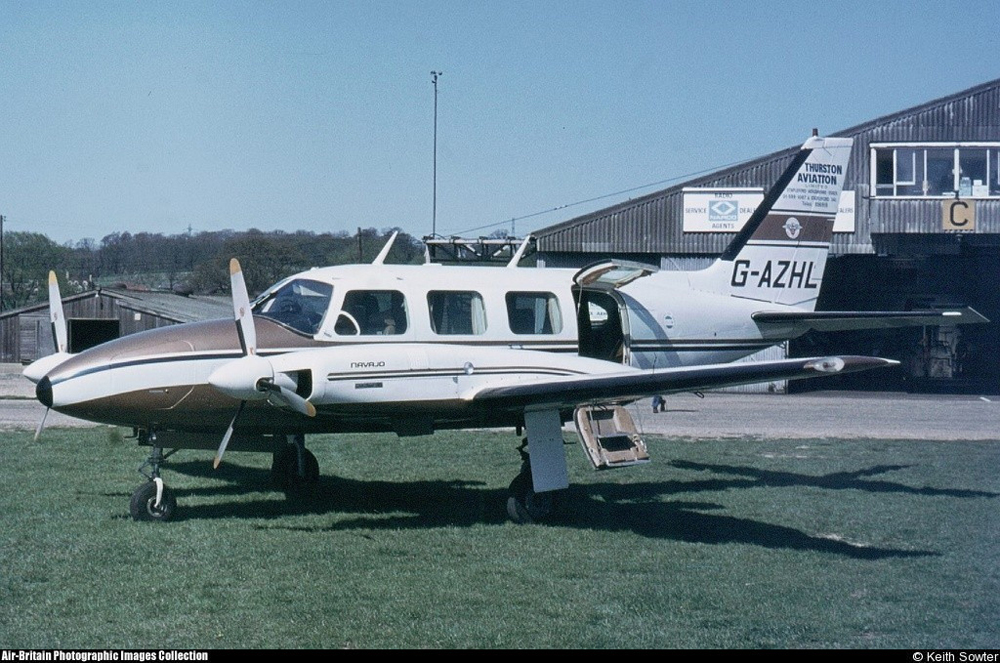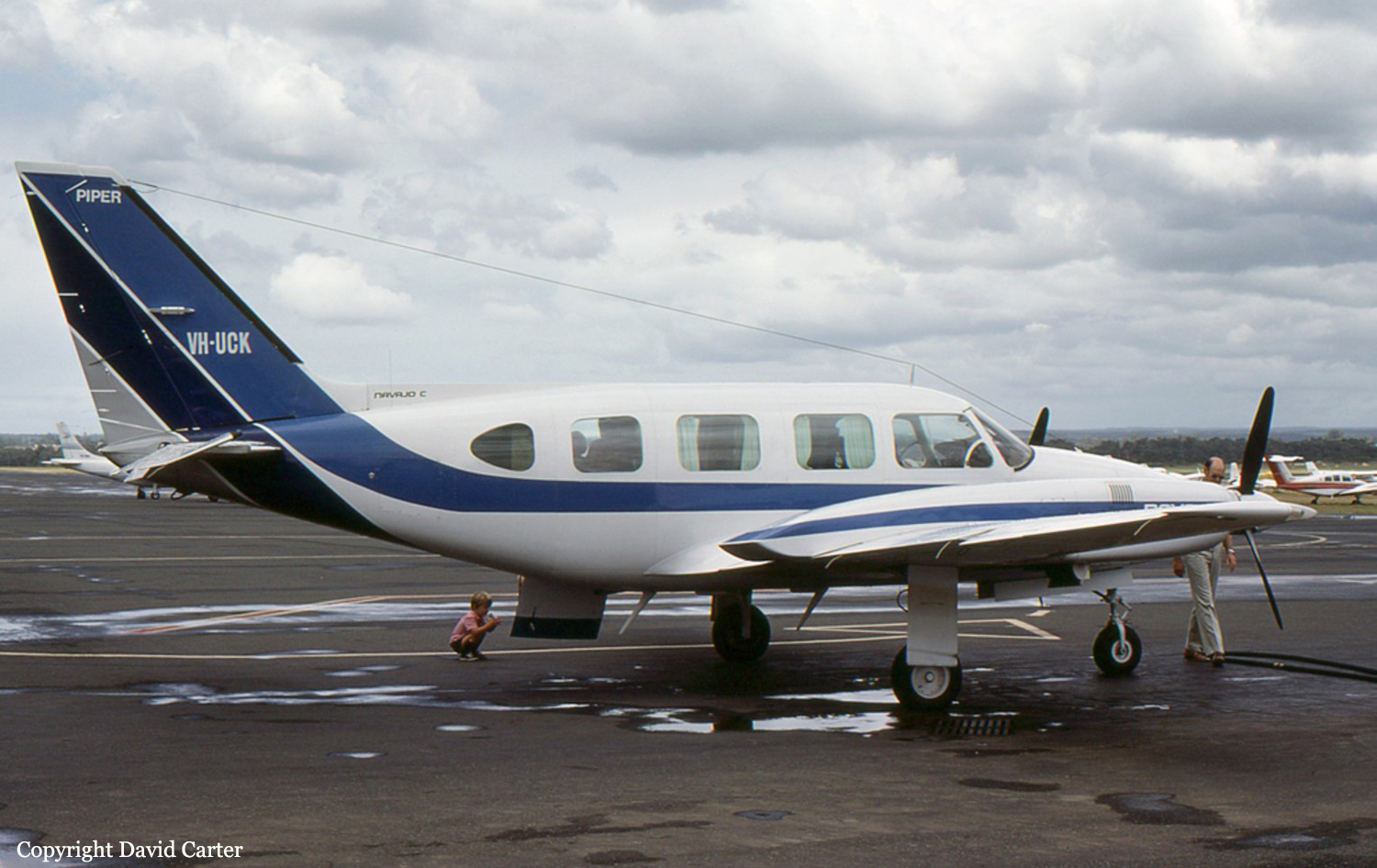Crash of a Piper PA-31-310 Navajo B near Haines: 5 killed
Date & Time:
Sep 20, 1987 at 1705 LT
Registration:
C-GPAC
Survivors:
No
Schedule:
Whitehorse - Juneau
MSN:
31-795
YOM:
1972
Crew on board:
1
Crew fatalities:
Pax on board:
4
Pax fatalities:
Other fatalities:
Total fatalities:
5
Aircraft flight hours:
7530
Circumstances:
The flight was cleared on an IFR flight from Whitehorse to Juneau, via V-428 to Chill intersection, then direct to Juneau. Chill intersection was located on V-428, 36 miles south of Haines NDB on a bearing of 146°. On reaching Haines NDB, the pilot cancelled his IFR clearance and continued under visual flight rules (VFR). Subsequently, the aircraft crashed on a glacier between Haines and Juneau, approximately 15 miles southeast of Haines NDB at an elevation of about 4,500 feet. A pilot, flying about 5 miles southwest of the crash site at the time of the accident, reported a broken to overcast ceiling at 2,500 feet to 3,000 feet msl. The accident site was near the Haines transition of the Barlo 4 departure (sid). In that area, the minimum en route altitude for flight on the Haines transition was 9,000 feet under instrument flight rules.
Probable cause:
Occurrence #1: in flight collision with terrain/water
Phase of operation: descent
Findings
1. (f) weather condition - clouds
2. (c) vfr flight into imc - performed - pilot in command
3. (f) procedures/directives - not followed - pilot in command
4. (f) terrain condition - snow covered
5. (f) terrain condition - mountainous/hilly
6. (c) proper altitude - not maintained - pilot in command
Phase of operation: descent
Findings
1. (f) weather condition - clouds
2. (c) vfr flight into imc - performed - pilot in command
3. (f) procedures/directives - not followed - pilot in command
4. (f) terrain condition - snow covered
5. (f) terrain condition - mountainous/hilly
6. (c) proper altitude - not maintained - pilot in command
Final Report:







